Streampad - A Customizable Arduino-powered Control Pad for Streamers
If you're a streamer, you would have wished to have a stream deck that helps you customize the control pad for live-streaming. British embedded enthusiast Patrick Thomas has designed a streaming deck to communicate with streaming software (like Open Broadcaster Software, or OBS) that runs on open-source Arduino-based firmware.

When it comes to streaming games, it becomes difficult to create an engaging viewer experience. One solution to this is to get a stream deck that improves the interface between a streamer and their software tools for performing tasks like synchronizing tracks and adjusting the mix.

Sparkpad boasts 12 mechanical keys with a configurable HID output to communicate with streaming software via USB. "We also added support for an ESP32 alongside the Arduino Pro Micro to open up some new development pathways," Patrick notes. The deck also comes with 8 lighting options that are configurable via an OLED screen.

To make it user-friendly, the designer has added milky keys with clear vinyl stickers that allow a maximum backlight to pass through the keys, making the function of each key clearly distinguishable.
However, to get started with the device, you need to install the Sparkpad library using the Arduino Library Manager in the Arduino IDE Integrated Development Environment). Note that the board type is Arduino Leonardo. "To upload the latest firmware version to your Sparkpad, simply choose Sparkpad->HID->Pro-Micro from the examples menu and hit upload," says the designer.
In addition to the firmware, you can use custom firmware with new functionality by contributing to the GitHub repository. As an ongoing project, we can expect some new upgrades through MIDI and serial output along with support for wireless connectivity. For more information on the project, visit the official website or Electromaker project page.





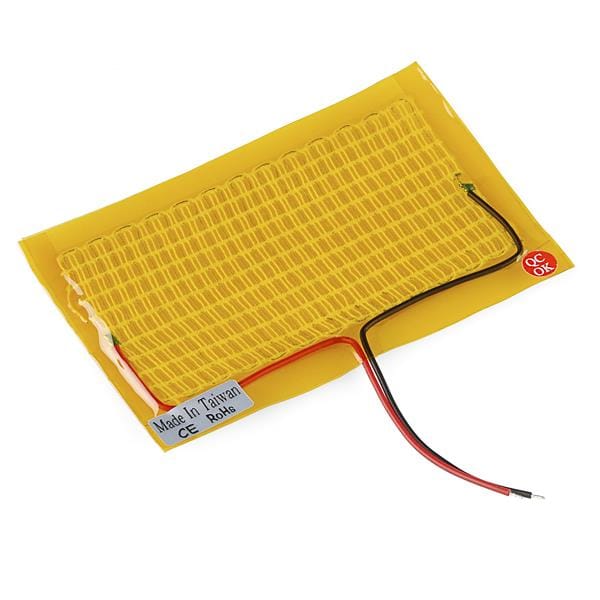
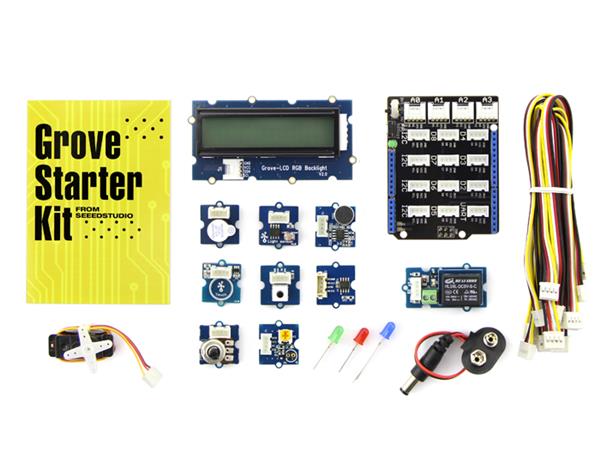
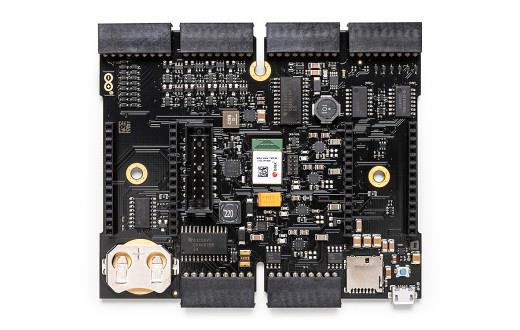
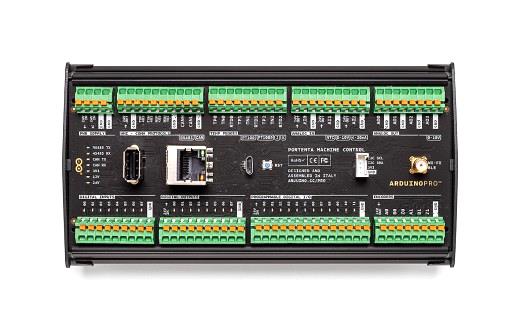
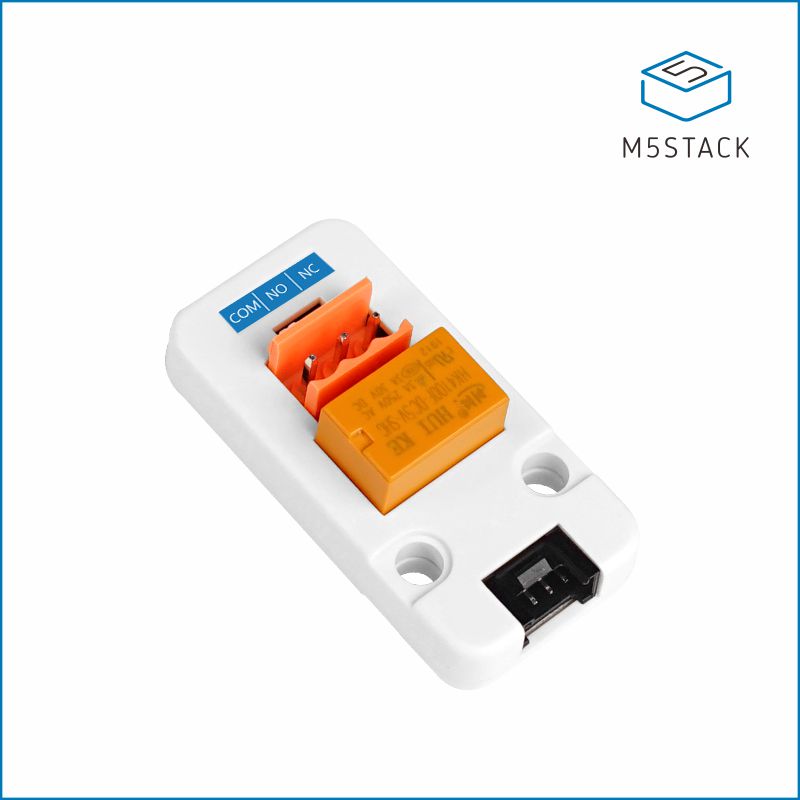

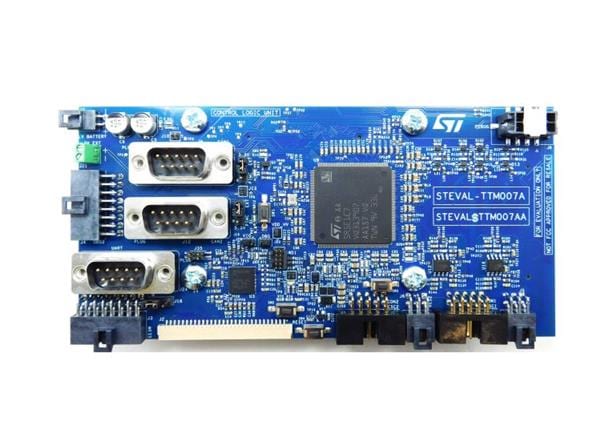
.jpg)
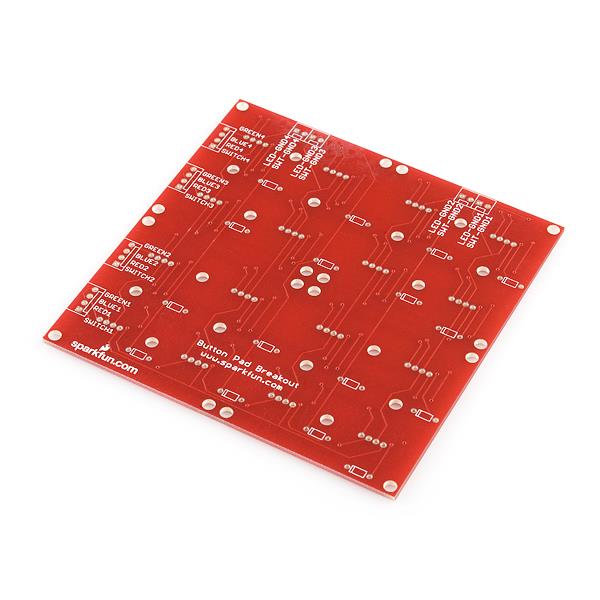
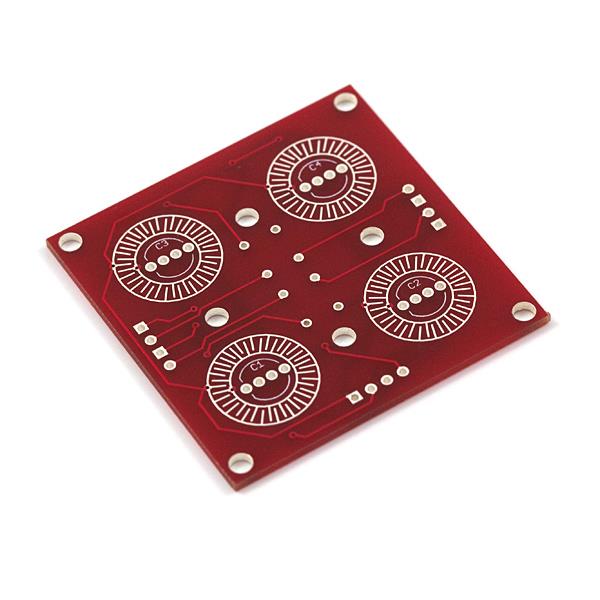
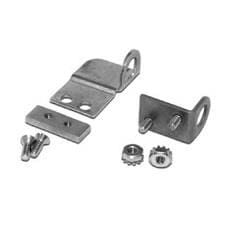

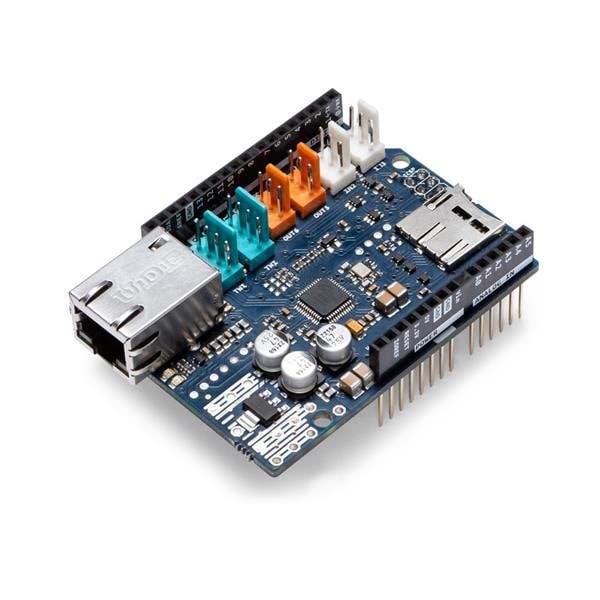
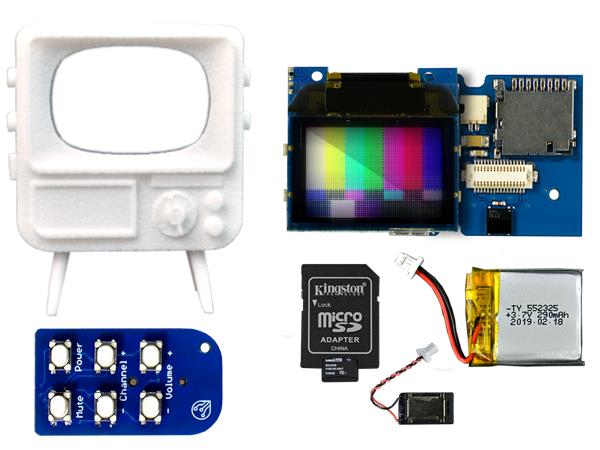


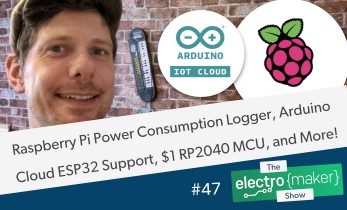
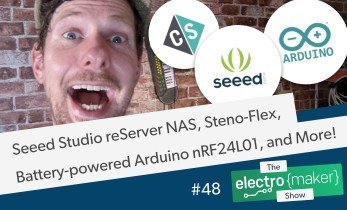

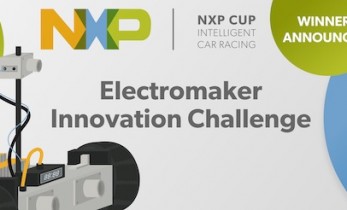

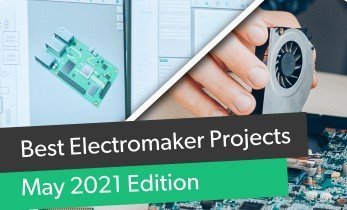
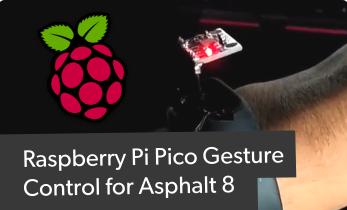

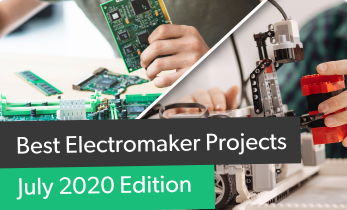



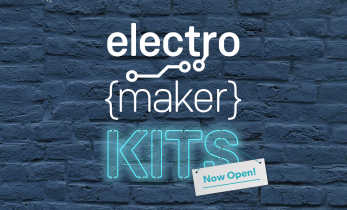

Leave your feedback...